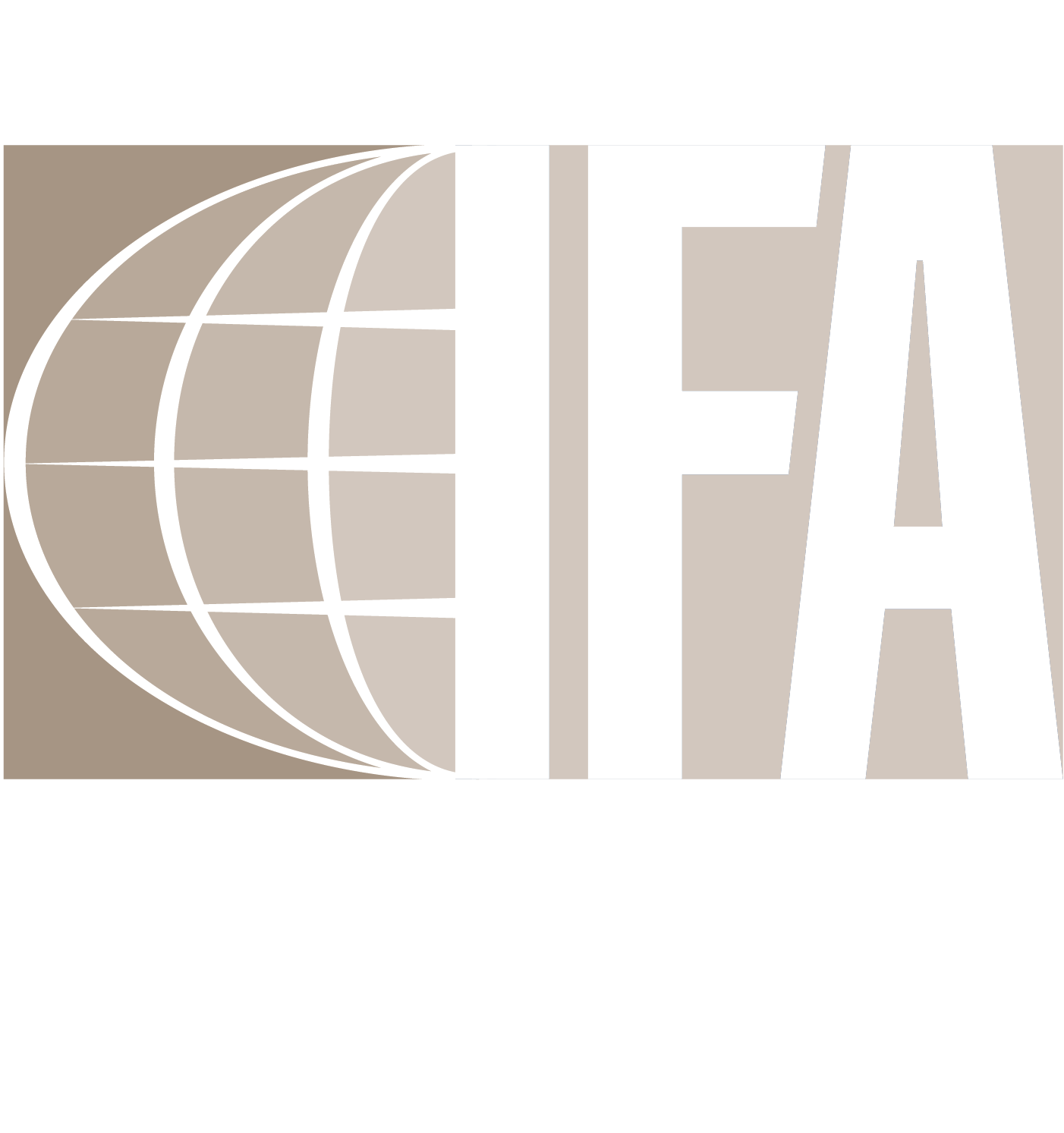Freight Factoring 101
Frequently Asked Questions About Invoice Factoring
Transportation factoring is the purchasing of freight invoices at a discount. Motor carriers are the companies that sell their freight invoices to a factor in a transportation factoring relationship.
Factoring costs you a percentage of the invoice, and can range anywhere from .5% to 10%. For many, the benefits of factoring far outweigh its cost. Without having to deal with the headache of collecting invoices and having to wait 30-60-90 days for payment, factoring provides you with prompt invoice payment and positive cash flow. Also quality factoring companies often offer special benefits, like customer credit checks, online account management, fuel card discounts, overnight courier discounts, and professional collections, all of which help save the company money.
Like any process, factoring has its own unique lingo. Here's some important terms to help you better understand the factoring process:
- Advance Rate - Amount of money provided immediately to the company factoring its accounts receivable, typically expressed as a percentage of the total invoice amount. Industry Advance Rates can range anywhere from 65-95%.
- Discount Fee/Factor Fee/Service Charge - Discount fees, factor fees or service charges are the percentage of the total invoice amount that is being charged to the company factoring its accounts receivable. Industry Discount Fee Plans vary with each Factor. The two most common type of Discount Fee Plans are Variable (Discount Fee is based on the length of time it takes the Factor to receive customer payment) and Fixed (Discount Fee is based on a fixed or set rate).
- Factor - The Factor is the company that purchases the accounts receivable from the Client.
- Client - The Client is the company that sells its accounts receivable to the Factor, thereby receiving immediate working capital.
- Debtor - The Debtor is the Client's customer, the company that is being billed on the invoices and the party that will ultimately pay the invoice to the Factor.
- Reserve or Escrow - The Reserve or Escrow is the amount of money that is not immediately provided to the Client factoring its accounts receivable, typically expressed as a percentage of the total invoice amount. Most factors maintain a Reserve or Escrow account on its Clients in the event the Client's invoices are not paid or short paid. The Factor will reimburse the Reserve or Escrow back to the Client when the invoice is paid or when the factoring relationship is ended.
With a bank loan, you must go into debt and pay interest while continuing to struggle to collect on invoices from customers. With factoring, we purchase your invoice from you and collect the invoice on your behalf, charging only a small service fee. With factoring, you never go into debt.
A Reserve (also called an “Escrow”) is money held from a Client’s advance that acts as a guarantee of payment on the chance that a customer fails to pay on an invoice.
Recourse Factoring
Recourse factoring is an agreement between Factor and Client that should a Debtor fail to pay all or some of the invoice amount, the Client is liable and must repay the short paid or unpaid invoice amount back to the Factor.
Recourse factoring generally offers Clients lower factor/discount fees in exchange for the increased Client risk.
Non-Recourse Factoring
In non-recourse factoring, the Factor offers credit protection to Clients in instances where Debtors fail to pay off invoices due to bankruptcy or business closure.
Non-recourse factoring is available for each invoice, however Clients are still responsible for unpaid invoices resulting from claim offsets, operational issues, paperwork problems, customer disputes, etc.
Non-recourse factoring provides added security to Client, but general results in a higher factor/discount fee for the Client from the increased risk on the Factor’s part.
When considering between recourse and non-recourse factoring options, Clients need to be aware that most Factors provide some type of credit check service. For the most part, Factors have an abundance of credit resources at its disposal.
As such the likelihood of a Debtor not paying an invoice due to credit issues or business solvency issues are low.
Most unpaid or short paid invoices result from Client load performance, paperwork, claims, etc. issues, and these items will be charged back to the Client regardless if they are in a recourse or non-recourse program.
Reserve Factoring
With a traditional reserve factoring setup, the Factor advances a smaller amount to the Client to maintain a reserve (escrow), which functions similarly to a deposit in the event that purchased invoices go unpaid.
Once the invoice is paid, the reserve is generally repaid in full to the client.
Typically, the Factor will withhold 10-20% from the Client’s advance for reserve maintenance on an ongoing or continual basis.
Example
Client sells a $10,000 invoice to the Factor. The Factor advances the Client 90% (or $9,000) of the up-front invoice, and holds 10% (or $1,000) for the Client’s reserve.
When the Debtor pays off the invoice to the Factor, the Factor will reimburse the Client their reserve less any Factor Fees.
If the Client’s factor fee is 4%, the Client will be reimbursed $600 from their reserve, which is $1,000 reserve withholding less the $400 factor fee.
Non-Reserve Factoring
Client sells a $10,000 invoice to the Factor. The Factor advances the Client 95% (or $9,500) of the up-front invoice. The factor fee, or $500 in this example, is withheld from the advance.
Match Factors offers both reserve and non-reserve factoring program options to its clients. However our standard reserve program differs slightly from traditional reserve factoring, and it better suited towards our Client needs.
Applications can be submitted, reviewed, approved, and funds advanced all within the same day.
With the exception of automotive carriers, we factor most forms of commercial truck transport. However, our specialty is general freight. To learn more, contact one of our helpful representatives and see if you qualify for factoring with Match Factors.
We are happy to work with new carriers and offer valuable benefits like free credit checks for customers and a convenient online portal to view open invoices to help you build your customer base and business.
When you factor an invoice with Match Factors, we will handle the billing and collections. Our collection efforts begin soon after you submit your invoices. Furthermore, you will have online access to status of all your open invoices.
Match Factors offers an Advance Rate of 95% or higher on factored invoices.
Once you submit your invoice, you will receive payment within 24-hours, guaranteed.
No, Match Factors offers clients the flexibility to factor only the invoices you need.
No, Match Factors does not require long-term contracts. While some companies may require a long term contract to ensure profitability, Match Factors puts the client first by providing a simple contract with no time or volume requirements, or any hidden or exit fees. We’re here when you need us.
Simply complete and submit your application and once you are approved, send us your invoice to receive your advance within 24 hours.
Not at all; with Match Factors, you can factor as few or as many invoices each month as you want to suit your business needs.
Unlike most factoring companies, Match Factors does not collect and repay reserves for each invoice on a continual or revolving basis.
Instead, we allow our Clients to establish their reserves at the beginning of our relationship, which results in higher cash advances for the Client and more flexible reserve management.
Accordingly, reserve are not disbursed to the Client upon invoice collection, and factor fees are assessed at purchase rather than collection.
Clients are simply required to maintain their reserve ratio. A reserve ratio is defined as the percentage of the accounts receivable that is maintained by the reserve, and is calculated by dividing accounts receivable by reserve (Reserve/AR).
For example, if a Client has $100 in open accounts receivable and they have $7 in reserves their reserve ratio will be 7%.
With our reserve policy, Clients can deposit additional funds into their reserve account, or have reserve money disbursed to them throughout our client relationship so long as they maintain their reserve ratio.
This benefits Clients by providing a reserve as an additional safety net for invoice charge-backs, fuel advances, insurance payments, and more.
Our reserve policy gives Clients more freedom and control over their reserve funds, especially in situations where a Client may need a reserve disbursement for unexpected and planned expenses like insurance, taxes, or equipment breakdowns.
Most importantly, establishing reserves at the beginning of the relationship and not on a continual basis allows Clients to receive a much higher cash advance.


